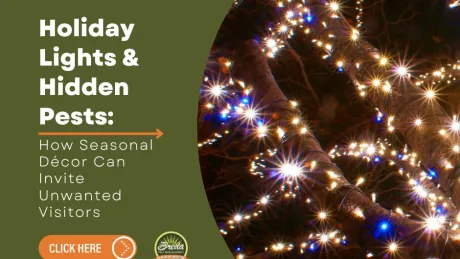As their name suggests, Argentine ants originally migrated from Argentina. Argentine ants range from light to dark brown and measure about 2.5 mm long. Argentine nests are usually located in moist soil, next to or under buildings, along sidewalks, or beneath floorboards. Fiercely aggressive, they emit a musty odor when crushed.
Fiercely aggressive, they often eat sweet foods and other insects, but unlike other species, Argentine ants have no soldier caste. Multiple queens will leave the home colony to form their own new colonies, killing and displacing any native ants they find. All Argentine ants are the same size. They travel with well-defined trails between their web of nests and their food sources.
The Invasive Effects of Argentine Ants
While these ants' bite isn't painful to humans, these ants are ranked among the world's 100 most invasive species. In its introduced range, the Argentine ant often displaces most or all native ants. This can, in turn, imperil other species in the ecosystem, such as native plants that depend on native ants for seed dispersal, or lizards that depend on native ants for food. They can also cause aphid populations to grow, hurting plant populations that aphids feed on. While Argentine ants are invasive, they pose little threat to humans. Still, here are some treatment methods when they are a nuisance in the home:
Treating Argentine Ants
Due to their nesting behavior and presence of numerous queens in each colony, it is generally impractical to spray Argentine ants with pesticides or to use boiling water as with mound building ants. Spraying with pesticides has occasionally stimulated increased egg-laying by the queens, compounding the problem. In mild cases they can be excluded by eliminating standing water, properly storing food, and keeping tree branches and shrubs away from your house. Pest control usually requires exploiting their omnivorous dietary habits, through use of slow-acting poison bait, which will be carried back to the nest by the workers, eventually killing the whole colony, including the queens. It may take four to five days to eradicate a colony in this manner.
Using non-repellant products that will not kill the ant immediately is crucial in ant control. The worker ant will travel quite some distance for food. Each ant has two stomachs; one to feed itself and one to feed the ants back at the colony. The bait and aerosols that are applied take advantage of this process. The crucial step is to not kill off too many ants before they feed other colony members. As mentioned earlier, killing off too many workers too quickly can cause the queen to go into full egg laying mode.
For more information about the different ant species that might threaten your home, and steps you can take to stop them, download our free informative guide, How to Keep Ants Out of Your Atlanta-Area Home This Summer.
And as always, if you're currently experiencing an ant infestation, don't hesitate to contact us to help you get it exterminated for good!



